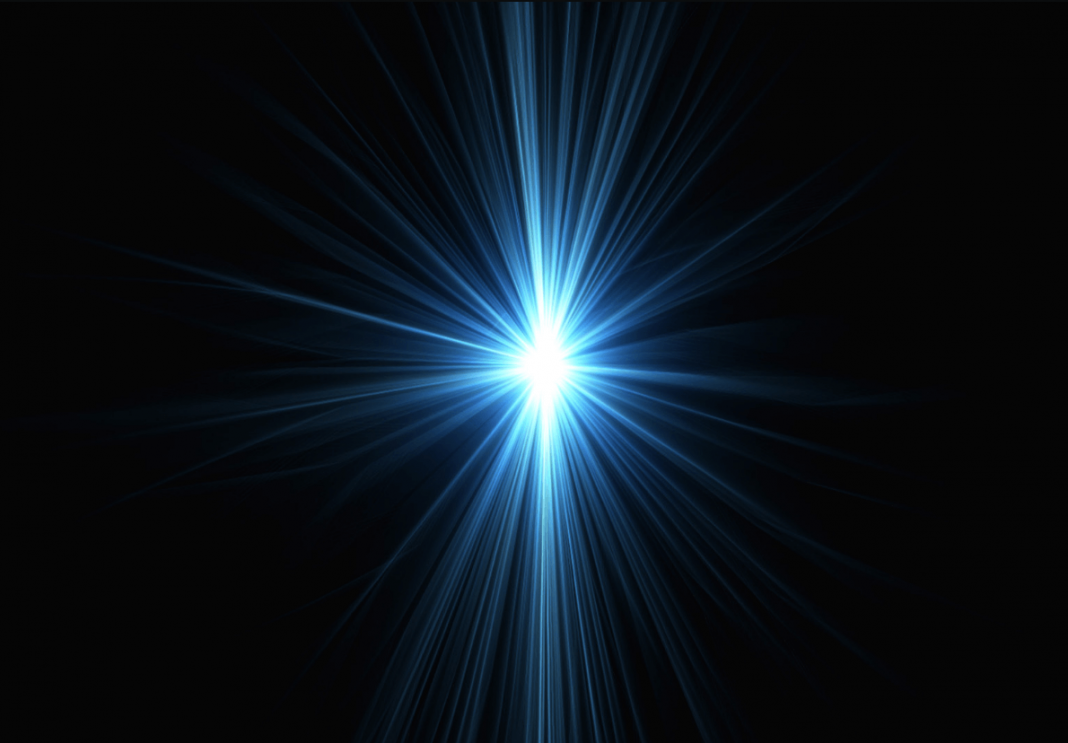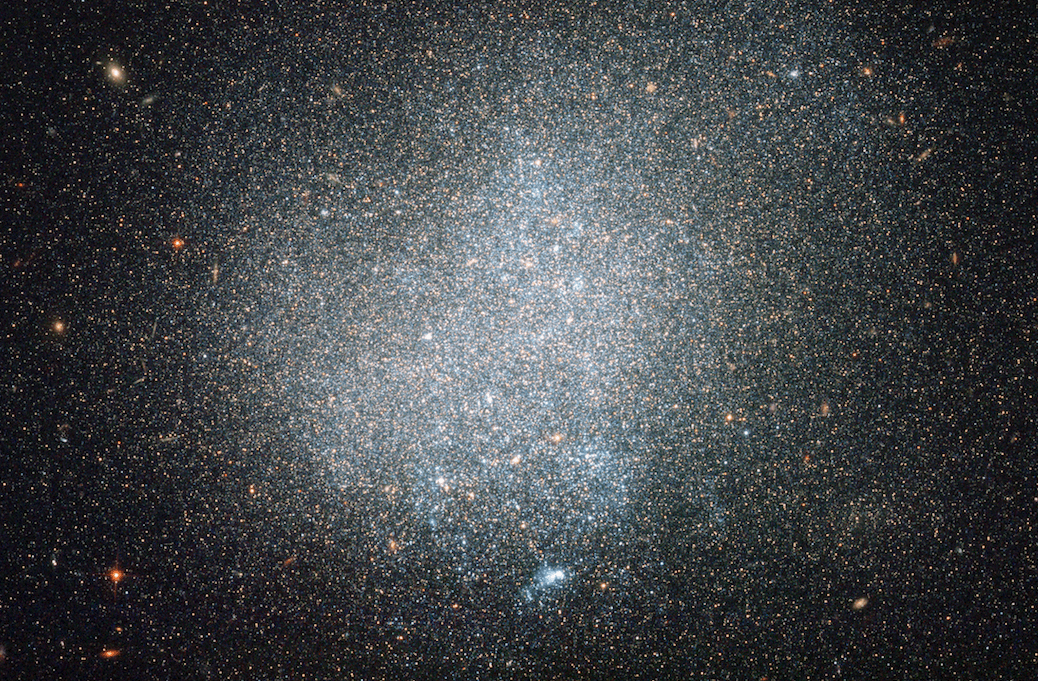Researchers at the University of Nebraska – Lincoln have produced the brightest human-made light on Earth and have discovered a previously unknown was that light and matter work together. The Diocles Laser can shine a beam one billion times brighter than the surface of the sun and may be the next step in developing better X-ray technology.
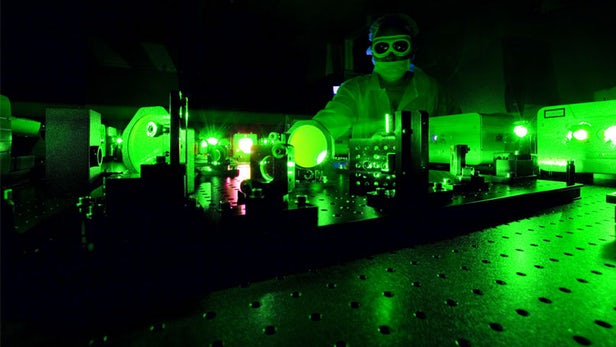
Typically, light from any source, be it a light bulb or the Sun, scatters when it meets with an object. The reflected photons allow our eyes to see the object, but the physical appearance of the object does not change, other than appearing brighter when the light is stronger or brighter itself.
However, this is not the case with the Diocles Laser. When the laser is turned on the behavior of the particles involved changes.
Researchers pointed the powerful laser at electrons trapped in helium, then tracked the way in which the photons bounced off a solo electron. Normally, a single electron should scatter a single photon at a time. But with the specialty light of the laser up to 1,000 photons were dispersed at a time.
“When we have this unimaginably bright light, it turns out that the scattering – this fundamental thing that makes everything visible – fundamentally changes in nature,” explains Donald Umstadter, the lead scientist on the study, “It’s as if things appear differently as you turn up the brightness of the light, which is not something you normally would experience. “An object” normally becomes brighter, but otherwise, it looks just like it did with a lower light level. But here, the light is changing (the object’s) appearance. The light’s coming off at different angles, with different colors, depending on how bright it is.”
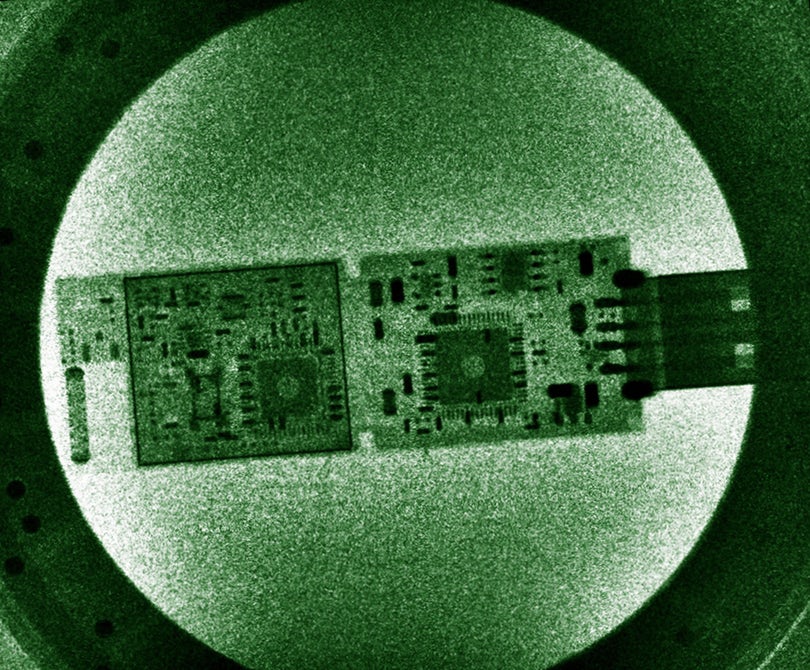
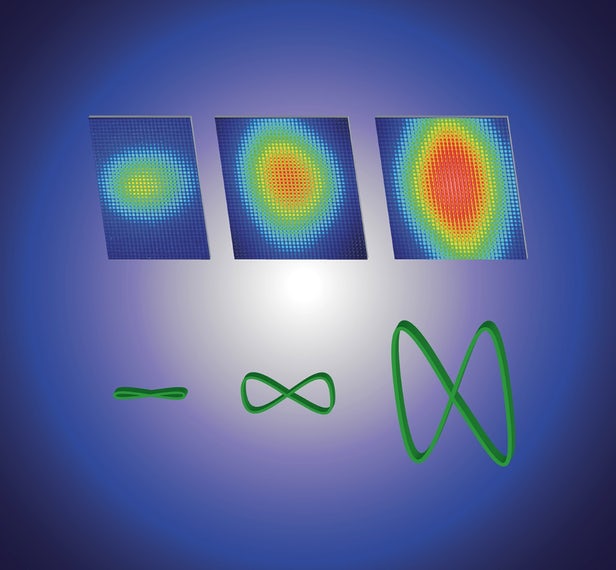
What’s new about the Diocles Laser is that it appears to have gone beyond a barrier that scientists weren’t aware existed. With traditional levels of brightness, light scatters predictably, no matter how the brightness is changed. With the Diocles Laser, the angle at which the light is scattered changes along with the shape and the wavelength, consequently changing the object’s appearance to the human eye.
The reason behind the strange behavior is that the light of the laser, in fact, changes the movement of an object’s atoms, moving in a figure eight pattern rather than the normal up and down motion. At the same time, when the object’s electrons reject the incoming photons, the photons absorb energy and change into X-rays.
According to researchers, this reaction can be used to improve the technology used in X-rays. They are powerful enough to make high-resolution, 3D images but at a lower dose than what is currently used by hospitals and radiologists. Plus, the added clarity in imaging could lead to the discovery of tiny details, such as small tumors or clots, that could be missed in traditional X-ray imaging. Further research could also lead to the Diocles Laser being used to answer long-standing scientific mysteries.
More News to Read
- What Does it Take to Build the Super Collider?
- According to a New Study, Early Life Stress Can Change Genes in Brain
- Stunning View of Aurora Borealis from ISS in new NASA video
- Imagine Being Able to Explore the Brain Like a Website
- Quantum Computers Made Even More Powerful with New microchip generating ‘Qudits’

